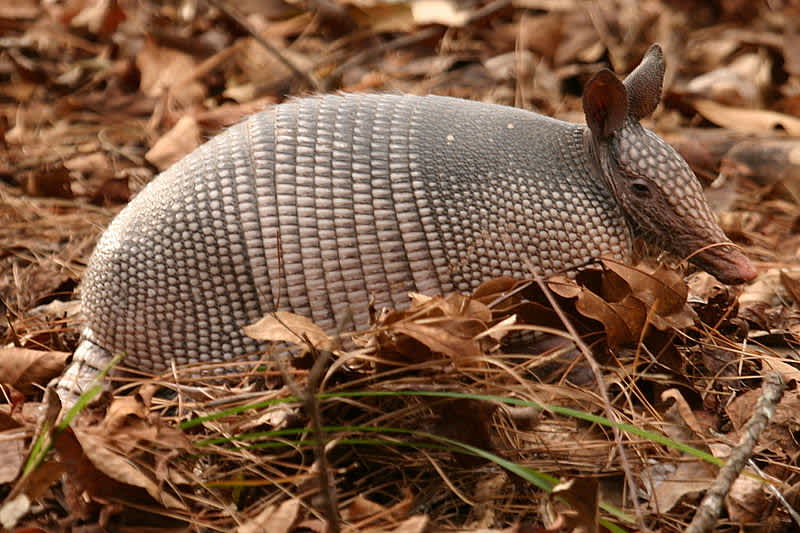Spike in Armadillo-related Leprosy Cases Causes Scare in Florida
OutdoorHub Reporters 07.24.15

Florida health and wildlife officials are urging residents to avoid contact with armadillos after a spike in the number of leprosy cases reported this year. Armadillos are one of the few animals aside from humans that can contract leprosy, or Hansen’s disease as it is called today. The disease, which has a lengthy and often notorious history, can be spread much like a common cold through sneezing or coughing. Its symptoms include unsightly skin sores, nerve damage, and muscle weakness. Thankfully, many people are naturally immune to disease.
According to health officials, the latest confirmed case of leprosy in Florida was reported three weeks ago in Flager County.
“Each year in Florida we see between two to 12 cases. So far this year we have had nine reported,” Florida Department of Health spokesperson Mara Burger told OutdoorHub.
However, officials are not sure which, if any, of the cases were caused by the shelled critters.
“What makes it difficult to identify a source for the exposure is that it takes between two to 10 years for the bacteria to incubate in a person’s system,” Burger explained. “So by the time you’re diagnosed or are experiencing symptoms, you’re already many years removed from your exposure source.”
Leprosy itself is a rare disease, with generally less than 100 cases reported in the United States every year. In less developed countries, the disease can still be rampant. According to the World Health Organization, there are still about 200,000 new cases of leprosy worldwide each year.
It is likely that since leprosy was not present in North America before the arrival of European settlers, armadillos contracted the disease from humans. The bacteria that causes the disease, Mycobacterium leprae, is rather difficult to culture and found an ideal host in humans due to our specific body temperature. Armadillos have a similar body temperature—around 93 degrees Fahrenheit—and can also incubate the bacteria. Spreading it to humans, however, is very rare.
“Not many doctors have seen it, and it’s not very well understood by the scientific community,” Burger commented.
Infection usually comes after handling one of the cat-sized critters. According to Dr. Sunil Joshi, president of the Duval County Medical Society, all nine people who contracted leprosy this year claimed to have been in contact with the animals.
“It is a devastating illness if you do get it,” Joshi told WJAX.
Florida has a decently-sized armadillo population, but the shy creatures rarely come into contact with humans. Health Department officials say that residents should be avoiding wildlife anyways, but if they do come into contact with an armadillo, they should practice caution.
“If you have to handle one, use gloves and wash carefully afterwards,” Burger said.

